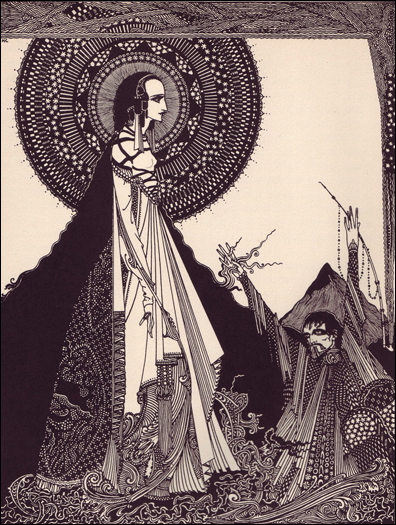All for the Love of Hollis Hawthorne

Hollis Hawthorne, Bay Area, 2008. (Photo by Alicia Sanguiliano, I think? If not, just let me know and I’ll update.)
Incredible, joyful news: Hollis Hawthorne has fully emerged from her coma.
Many of you will recall an urgent plea that went up on Coilhouse exactly a year ago, to the day, titled Performer/Cyclist Hollis Hawthorne Needs Our Help. Hollis, a lion-hearted young woman from the bay area performing arts/activist community, was traveling through India by motorcycle with her beau, Harrison, when tragedy struck– a driving accident left her bleeding out from severe head trauma in the middle of a busy road while Harrison frantically performed CPR to keep her alive. Twenty minutes passed before some good Samaritans stopped to pick them up and drove her to a hospital.
Hollis was in a vegetative state, thousands of miles from home and in dire need of highly specialized medical care– care unavailable to her in Chennai. Time was of the essence, but Hollis’ mother (who had rushed to her side) was told that they would have to pay $150,000 up front for medical transport from India to the States– an impossibly huge sum of money. As an uninsured American traveling abroad, Hollis was stranded.

“For the Love of Hollis” benefit in Portland, March 2009. Photo by Brooke Dillon.
Horrified word quickly spread online. If the internet were truly as cynical or callous a place as they say, people could have easily have dismissed Hollis for making a “reckless” choice to travel without insurance. But hey, guess what? Humanity prevailed. Turns out there really is something to this idea of a global tribe! Thousands of donations began pouring in from all over the world for this feisty, foundering girl we could all relate to. A dollar here, ten dollars there, it quickly added up. Across the country, massive benefits were held by concerned friends and strangers alike– auctions and raffles and kissing booths, dance performances, marching band processions, puppet shows. It was an incalculably huge and steady outpouring of support coming from every direction, “for Hollis, the doer, the mover, the shaker, the dancer, the muse, the generous, the dumpster queen, the friend.”
Meanwhile, her chart was reviewed and accepted by Stanford Medical–one of the best hospitals in the world– as a charity case. After three long, anxious weeks, $100k was raised. Hollis was able to return to California in a discount air ambulance. Her community rejoiced and folks flocked to visit Hollis at her bedside, to talk and cuddle, trying to coax her back from oblivion. But her fight, and her kin’s 24-7 vigil at her side, was only beginning. On March 24, 2009, Harrison wrote:
What does it mean to be in a coma? What does it mean to wake up? What defines consciousness? Where are the lines between ‘coma’, ‘persistent vegetative state’, ‘minimally conscious’ and ‘fully conscious’? Hollis waxes and wanes between these and nobody can really say what’s going on behind the surface of her eyes. I do know this; Hollis is beating all the odds.
Ever since the story broke, I’ve been checking in on Hollis’ progress via Friends of Hollis Hawthorne and Help Holli Heal. The latter is a site updated regularly by Hollis’ devoted mother, Diane, who has stayed with her daughter through this entire harrowing post-accident ordeal, sleeping on a cot beside her, holding her hand in the dark. Diane’s entries are rarely anything less than three-hanky tearjerkers! But her tone has remained steadfastly hopeful.

Hollis, healing up. (Photos via The Hindu, Eliza S., Angela Mae, Diane Allison.)
Eventually, Hollis was moved from Stanford to a rehab facility near Diane’s home in Nashville, TN. Loyal friends still visit as often as they can. Continuing benefits to help pay her overwhelming medical bills have been held as recently as last month. (If you want to donate, click here.) With the help of doctors, healers, medications and physical therapy, Hollis has shown slow but steady improvements these past few months. She has been fighting very, very hard.
There is so much love surrounding this girl. So many people –family and friends and strangers alike– are rooting for her. Why? Because any number of us could just as easily have wound up in a similarly nightmarish predicament, had our luck been different. Because a situation like hers reminds us just how easy it is to give, and to care. Because all of us weirdos, us wanderers, we’re in this together. Because she is luminous and we cannot afford to lose her:

Photo by Kyle Hailey.
And now, finally, she is waking up. Harrison, who visited her last week, just posted this update:
HOLLIS IS NOT AT ALL IN A COMA ANYMORE!!! Yes! You read that correctly! Scream, shout, jump up and down! Have a shot! Dance! Kiss somebody! It’s the real deal, seen it with mine own two eyes! She is awake and talking and present and brilliant and amazing!












